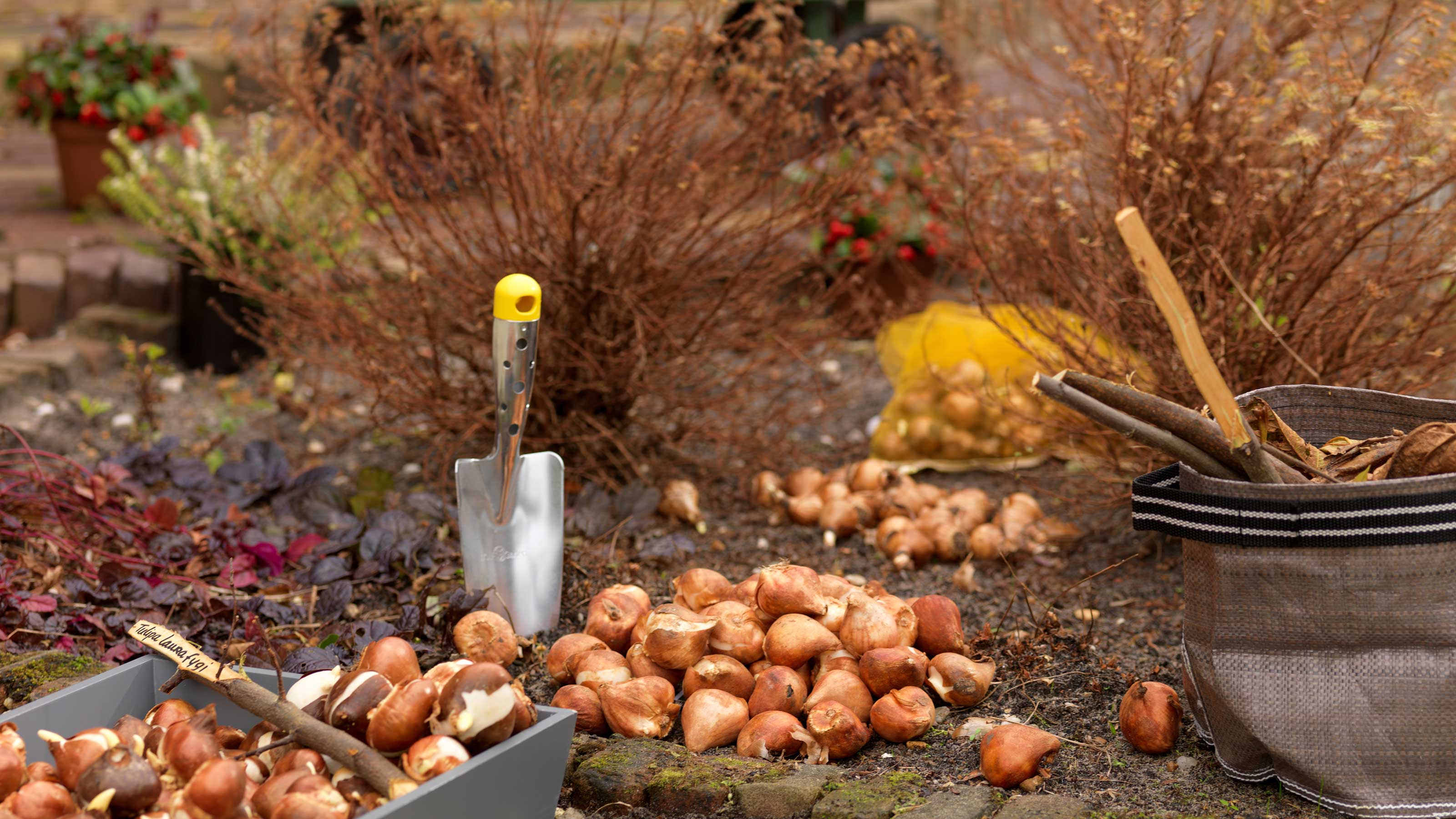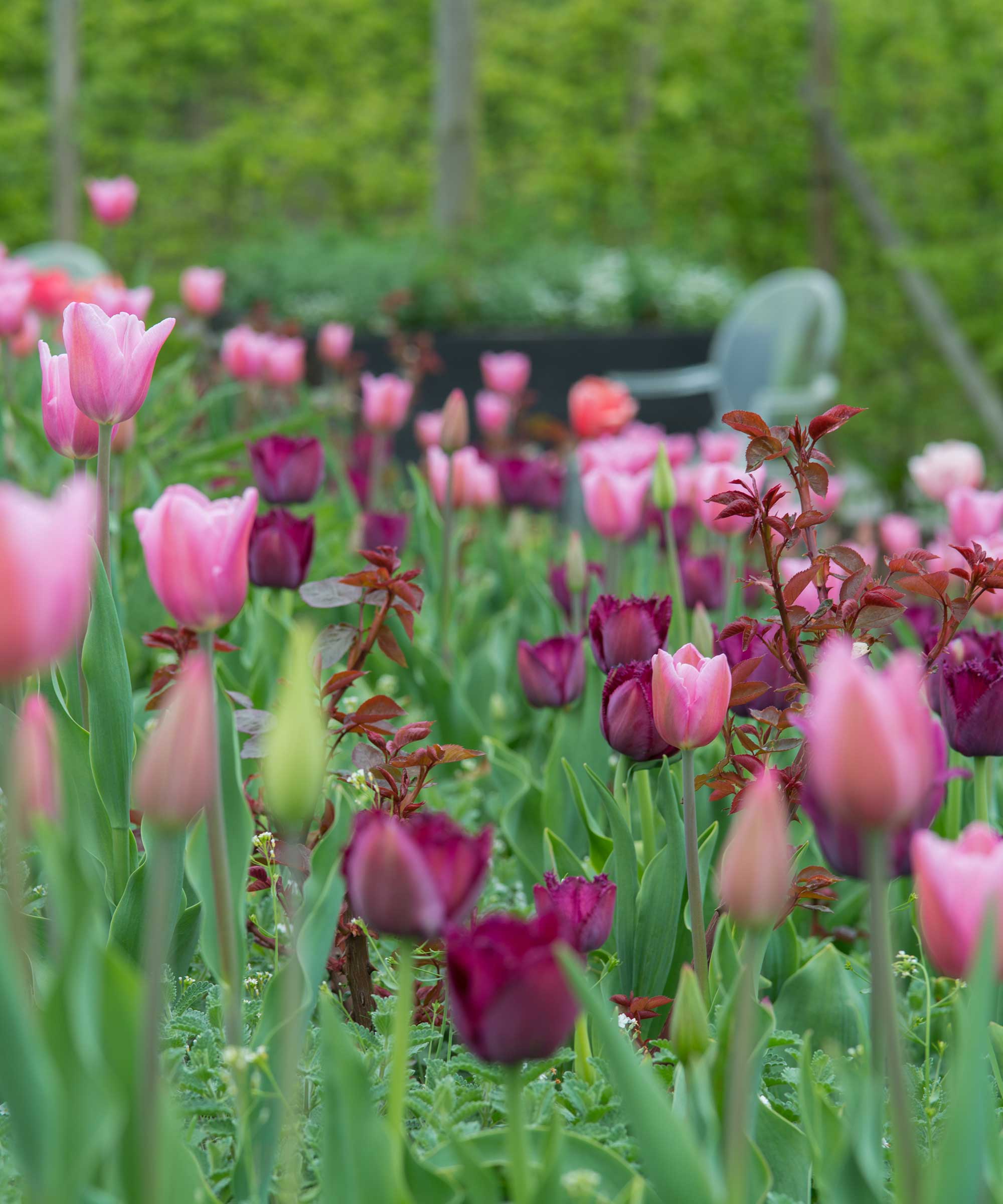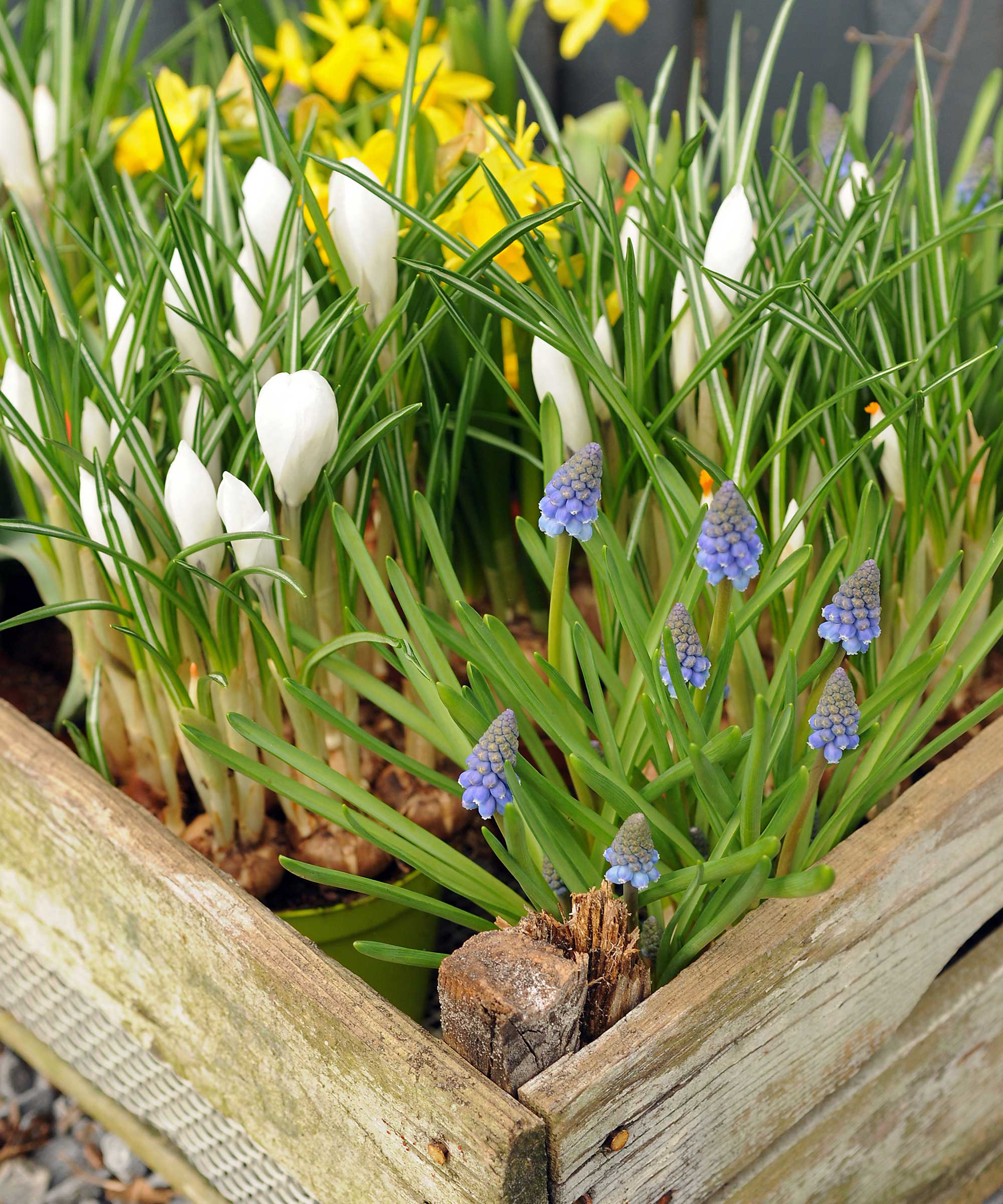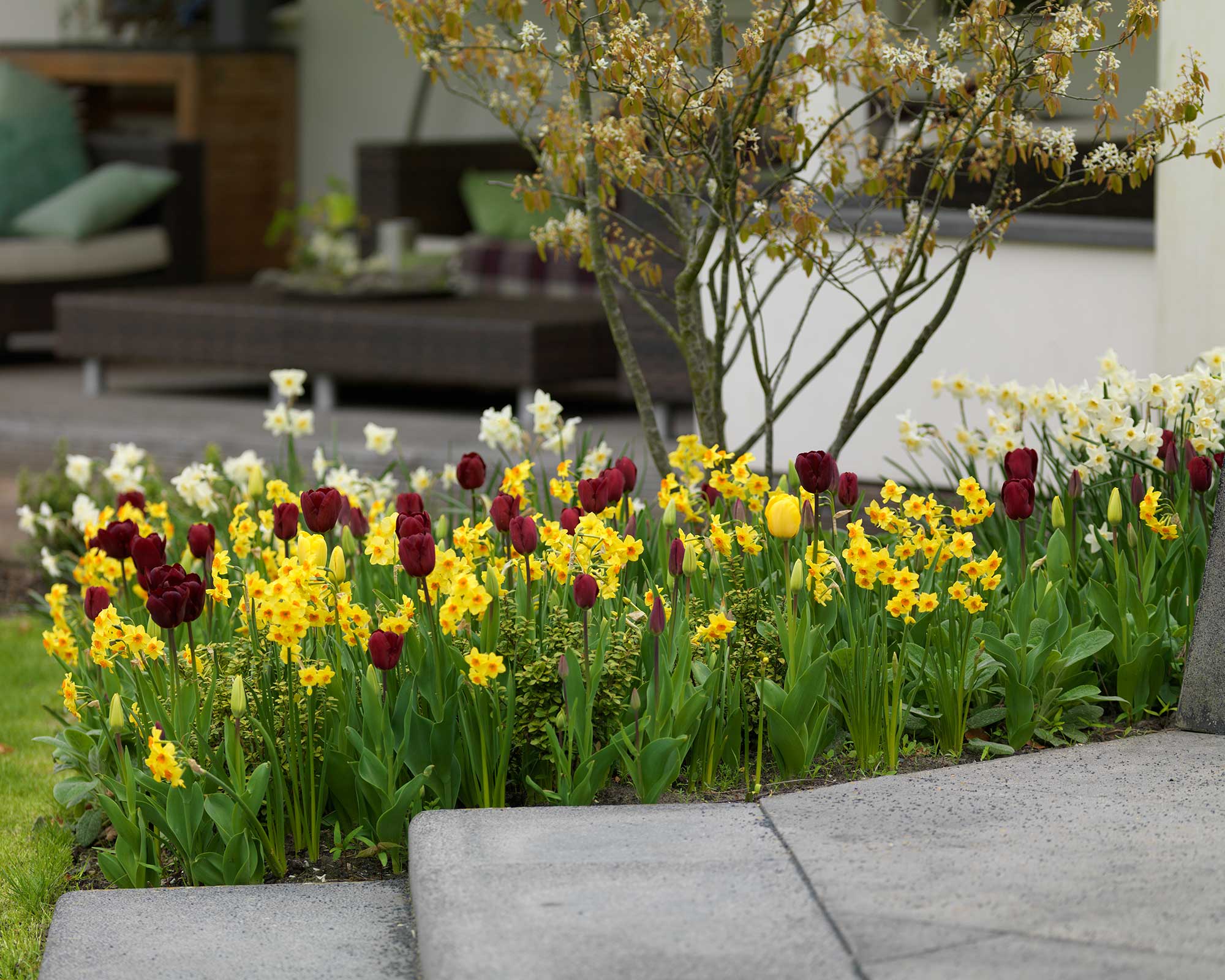Bulb planting mistakes: 6 things to avoid when preparing your spring garden
Stay clear of these common bulb planting mistakes for a better chance of a beautiful springtime display


There are some bulb planting mistakes that are, unfortunately, quite common among gardeners. These vary – from the way they are planted to the varieties selected – but all are likely to impact the results and lead to disappointment.
The process of planting bulbs is one of those joyous annual jobs that fills us with anticipation for spring. Done right, those small, unassuming bulbs, nestled quietly into the soil, will soon burst into a spectacular display – from tulips and cheery daffodils to alliums and elegant snowdrops.
But, to enjoy the show at its best, there are a few things to stay clear of. With help from the experts, we explain.
The bulb planting mistakes you don't want to make this fall
Get the most from your spring bulbs by following this advice.
1. Using a muddled mix of colors
'There’s an incredible level of glamour and sophistication in tulips if you choose the right ones, but you need to take care not to get carried away,' says the experts at SarahRaven.com. 'The danger is to shove too many different colors all in together.
'To prevent us from doing that at Perch Hill, we have a simple recipe that helps us get the right balance. Select a dominant, showy tulip as a starting point, then, select a tulip matching in color, but more modest – smaller, finer. The last ingredient is the color contrast, usually borrowed from another palette.'
Of course, some gardeners prefer a more eclectic, mismatched look – especially if they are looking to create an informal theme. But, even vaguely sticking to a garden color scheme can help to pull the look together – whether that's just in a spring container or two, or across your entire plot.
We love a pastel scheme of white daffodils and muscari, followed by creamy-blush tulips, with an accent of a deeper apricot or fuchsia for a statement contrast. An all-white theme can also look understated yet sophisticated, while an artisan palette of inky purples, rich reds, and indigo blue is reminiscent of old Dutch paintings.

2. Planting your bulbs too early
'Avoid planting your spring bulbs too early, when the ground is still warm,' say the SarahRaven.com experts. 'Cold temperatures help wipe out viral and fungal diseases that may infect the bulbs.' Exposing the bulbs to winter cold also helps stimulate growth and flowering the following year, adds John Negus, an expert from Amateur Gardening.
This is especially important for tulips, as planting them too soon can increase the chances of tulip fire – a common disease. Daffodils and hyacinths can go in slightly earlier, but never in summer: spring bulbs should always be planted in fall.
Don't plant too late though, as this can lead to a lackluster display, or in the case of daffodils, 'blindness' (no flowers at all).

John has written four books and has delivered many talks during his career on horticulture. He has also been a garden journalist for over 50 years and regularly answers readers' questions in Amateur Gardening magazine, many of which are around spring bulbs.

3. Not protecting your bulbs from pests
Squirrels can dig up bulbs, which is a real nuisance and a waste of money. Other garden critters can do this too, so it's wise to provide some sort of protection when planting.
Hardware cloth (available at Amazon) over pots or pegged down over borders is one way to keep the pests at bay. This is another reason for planting bulbs a little later in the season, too, when squirrels are less active.

4. Planting in soil that's prone to waterlogging
'Bulbs hate sitting in cold, wet soil for a lengthy period,' says John Negus. Such conditions can make the bulbs rot underground, and you'll end up with no flowers. Rainy winter weather on clay soils can be particularly troublesome.
To try to prevent this from happening, pick a spot that has good drainage, adding horticultural grit to planting holes to improve it further.
Of course, bulbs do need some watering, though – dry soil can also lead to a lack of blooms. Keep the compost moist but not sodden, John suggests. Take extra care if growing bulbs in a spring container, as these tend to dry out quicker.

5. Not planting enough bulbs
When it comes to bulbs, the more the merrier. The best way to make an impact, whether that's in a pot or dotted through your lawn, is to plant en masse. If in doubt, add more: as long as they aren't touching.
With some bulbs left in the ground, nature will do some of the work for you, as they will multiply on their own over the years.

6. Cutting back the foliage too soon
Speaking of leaving bulbs in the ground after they've flowered, one of the most common bulb planting mistakes is to cut back the foliage too early.
You can deadhead daffodils and other spring bulbs. 'But, leave the foliage to die back as long as you can,' says the experts at SarahRaven.com. 'This helps with root and bulb formation and will encourage them to stick around and flower on and on for years.'
If the leaves are just too unsightly for your taste and are swamping other nearby plants, John suggests watering the bulbs and then lifting them with as much soil as possible. They can then be transplanted into a sunny 'reserve' bed, where they can continue to grow.
'Then, only when leaves turn yellow and nutrients have returned to the bulbs (to encourage them to swell to a good size for next year) should you remove and compost the foliage,' he says.

The garden was always a big part of Holly's life growing up, as was the surrounding New Forest where she lived. Her appreciation for the great outdoors has only grown since then. She's been an allotment keeper, a professional gardener, and a botanical illustrator – plants are her passion.
